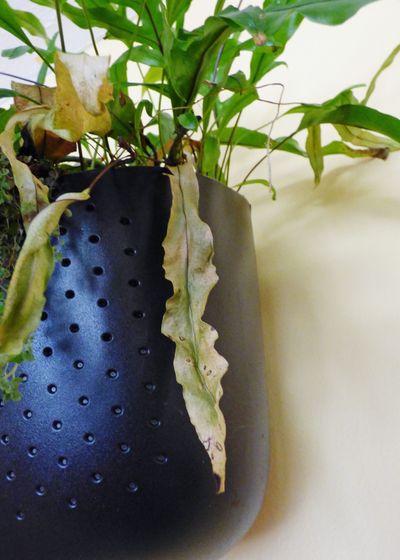Why Are My Leaves Dry and Paper Like?
Below are the most common reasons for papery spots on leaves and how to fix them: Lack of moisture – Papery leaves on plants are often caused by leaf scorch. This is a distinct possibility if the crispy, dry appearance shows up on leaf tips first, then progresses to the entire leaf. This often happens during hot, dry weather when moisture evaporates before the plant can absorb it through the roots. Without moisture, the leaves are unable to cool and easily become scorched. A good soaking may restore a leaf-scorched plant if the damage isn’t too severe. Excessive moisture – Leaf scorch can also be attributed to too much moisture. This occurs when the soil is so wet that the roots are deprived of oxygen. As the roots smother, the leaves turn dry and papery, and the plant eventually dies. If a plant is affected by root rot, the stem will generally display a rotted, waterlogged appearance. Root rot is nearly always fatal. To prevent rot, locate plants in well-drained soil and allow the soil to dry slightly between each watering. Powdery Mildew – This fungal disease can cause leaves to take on a dry, blotchy, scorched appearance, often with a powdery white leaf surface. It often shows up when conditions are warm and humid. If the problem affects only a few leaves, just remove the leaves and dispose of them properly because powdery mildew is highly contagious. Allow adequate space between plants to provide air circulation. Don’t overwater and avoid over-fertilization. Fungicides are sometimes helpful if they are applied early. Excessive fertilizer – When leaves are dry and paper like, excessive fertilizer may be to blame; too much can scorch the roots and burn the plant. Read the container carefully and apply fertilizer as directed. Many plants perform better with a dilute formula, and most require no fertilizer during the winter months. Water quality – Many indoor plants are sensitive to chlorine and minerals in the water. This is a common reason for brown, papery spots on leaves, and may cause the leaves to turn brown and fall off the plant. To avoid this problem, don’t use water straight from the tap. Instead, use bottled water or let water sit overnight so the chlorine and minerals have time to dissipate. Similarly, cold water affects many plants adversely. Most plants prefer room temperature water.
